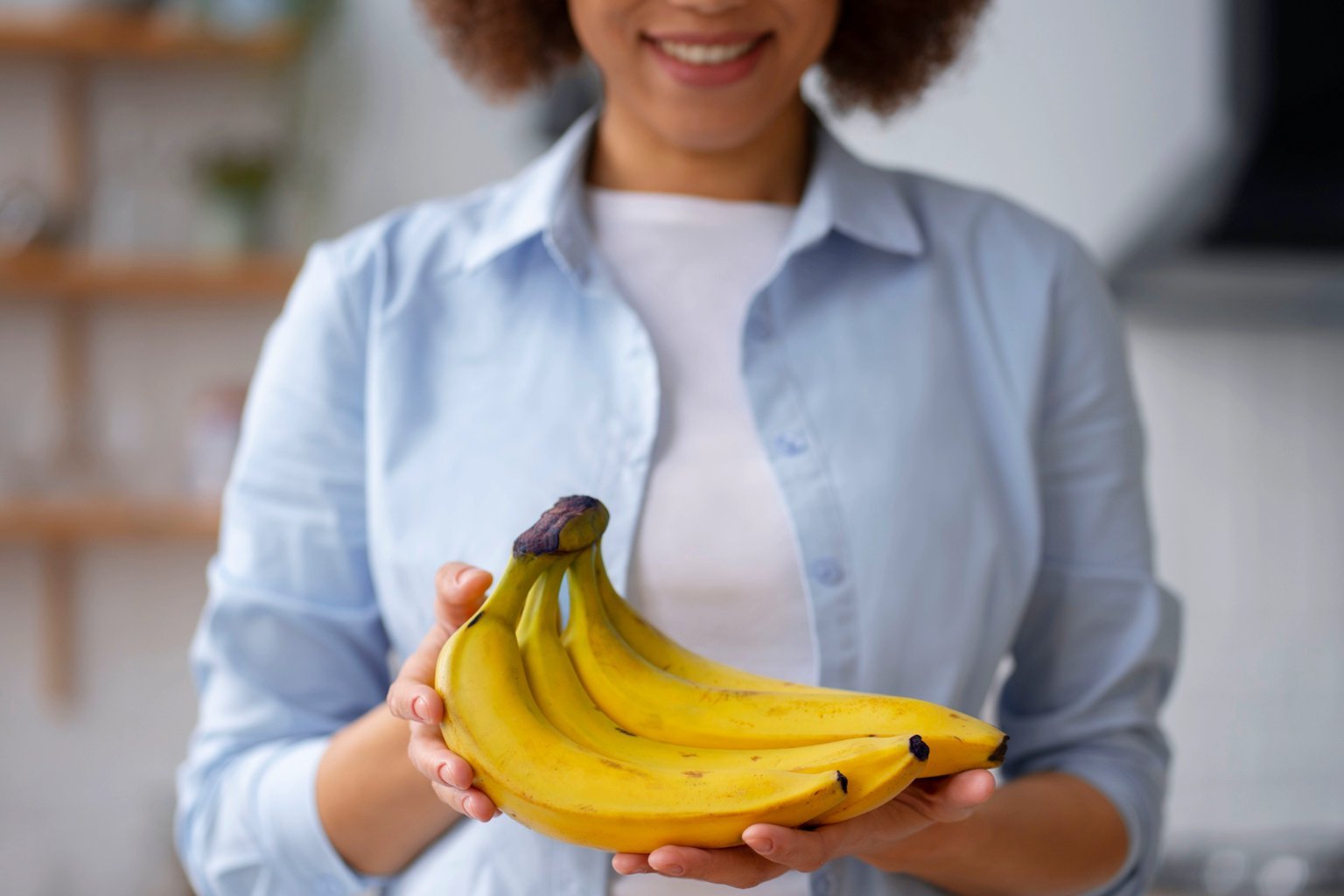Bananas are one of the most popular fruits, but if you’ve ever bought a bunch and found them turning brown and mushy in just a couple of days, you know how frustrating it can be. What if I told you that the secret to keeping your bananas fresh isn’t hiding in your fridge or pantry but somewhere else entirely? With a simple trick focusing on the stems, you can slow down ripening and enjoy fresh bananas for longer.
Why storing bananas with wrapped stems helps keep them fresh
The problem with bananas browning quickly lies in a natural process involving ethylene gas. This gas is produced by the banana’s stems and acts as a ripening accelerator for the fruit. When ethylene gas interacts with oxygen around the banana, it triggers a chain reaction that causes the peel to brown and the fruit to soften faster than you want.
Here’s the game changer: wrapping the entire stem cluster tightly with plastic wrap traps the ethylene emitted right at the source, limiting how much gas reaches the banana. This simple step essentially puts the brakes on that overripening rush. After wrapping, keep your bananas at room temperature, ideally between 60 and 68 degrees Fahrenheit. Temperatures lower than that can damage bananas because their tropical cell structures don’t handle cold well, which turns the skin black even if the inside remains edible.
Extra tips to extend the life of your bananas and keep them yummy
Tucking in your banana stems is the first key, but a few other habits can make a big difference. First, keep bananas away from heat sources like ovens, direct sunlight, or air vents. Heat speeds up ethylene production and quickly dries out the skin.
Next, try to store bananas separately from other fruits such as apples, avocados, and tomatoes because they also emit ethylene gas, which can cause unintended quicker ripening.
Avoid storing bananas in plastic bags. Instead, use breathable options like paper bags to control moisture and allow ethylene gas to escape, slowing spoilage.
When your bananas become overripe, don’t toss them out. Peel and slice them, then freeze the slices for smoothies, baking, or a cold treat. Once frozen solid — which usually takes about 3 hours — transfer the slices to an airtight bag. This method preserves their natural sweetness and nutrients without losing flavor.
If your kitchen tends to get warm, it’s okay to refrigerate bananas, but place them in the warmest part of the fridge, such as the door, and keep them in a paper bag. Refrigeration can cause the peel to turn brown, but the fruit inside will stay fresh for a few extra days.
How proper banana storage boosts health and reduces food waste
I’ve personally wasted so many bananas over the years, thinking it was inevitable given how fast they brown. Once I started wrapping the stems and adjusting where I kept my bananas, I noticed a big difference. The fruit stayed firmer and perfectly yellow for longer. Not only did this save money, but it also boosted my daily intake of valuable nutrients like potassium, dietary fiber, vitamin B6, and vitamin C. These play a big role in supporting heart health, improving digestion, and even stabilizing mood.
Storing bananas well means you reduce waste and get to enjoy their health benefits without the rush of eating them all at once. Plus, when you freeze overripe bananas, it’s an easy and tasty way to use every last bit, whether it’s for smoothies or homemade banana bread.
What’s your go-to banana storage trick? Do you wrap your stems or have you tried freezing your bananas? Share your tips or funny banana stories below. If you learned something new, pass it on to friends so no one else has to toss out a bunch of brown bananas again!
